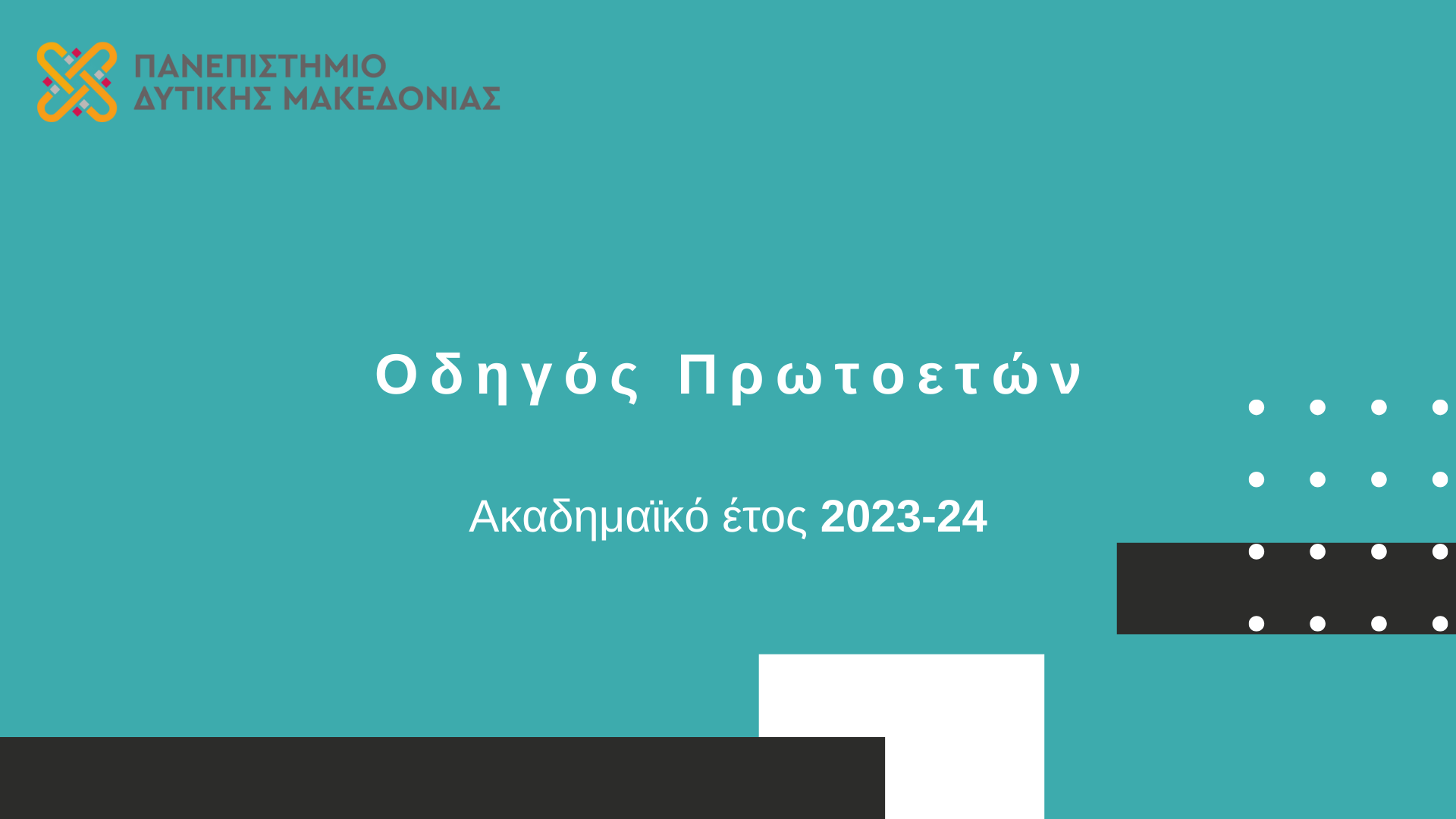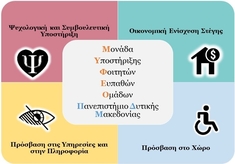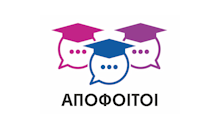A. Design
The 1st Phase of Practicum (Teaching Methodology and Practicum, 1st Phase) includes (a) the attendance of academic courses (lectures and feedback) in the School of Social Sciences and Humanities and (b) the observation of school courses in classes of school units cooperating with the Department.
According to the relevant decision of the Ministry of Education and Religious Affairs, during the academic year 2020-2021 students’ presence and teaching work observation in school units is prohibited in the light of protective measures taken against COVID-19 disease. For this reason, the design and organization of the course is differentiated as follows:
Students are divided into three (3) classes, for which three (3) different teachers are responsible. Regarding the lectures and feedback for the course’s theoretical background, the electronic zoom platform is utilized for distance teaching of the corresponding thematic units. As far as it concerns the teaching process observation and in order to replace this work’s face-to-face implementation with a “quasi-real classroom”, students watch videos with excerpts from digital recordings of the teaching process in schools abroad, as well as narrations of useful teaching practices in natural school environments. These videos are accompanied by Electronic Observation Forms, which focus on the content of specific units of the course’s theoretical part (e.g. classroom management, best practices, etc.). Teachers are responsible for both the selection of the videos –which is in English, as there is no similar material available from Greek schools– and the structure of the Electronic Observation Forms.
The implementation of the 1st Phase of Students’ Practicum lasts for 13 weeks and is organized as follows:
- Initially, every week, the students of the three classes attend and participate in the discussion that follows the presentation of the theoretical part by the teachers, while they are given the relevant “Electronic Observation Form”, which includes the link to the corresponding video.
- Then, through an “asynchronous” process, the students watch the video, answer the questions of the electronic tool and send their answers to the teacher of their class.
- At the beginning of the next lesson, the students are offered the opportunity for discussion regarding their answers, in order to draw conclusions and further reflect on them.
B. Students’ obligations and evaluation
The presence of students in the lectures of the course, as well as answering the Electronic Observation Forms are mandatory. At the end of the semester, students participate in written exams regarding the material taught, which include open-ended questions in the light of a critical approach to the cognitive subject. In students’ final grades, the Electronic Observation Form evaluation is included (comprehension, thoroughness, connection with the theory), while students’ consistency and participation in the critical discussion and feedback about the Electronic Observation Forms are taken into account.














